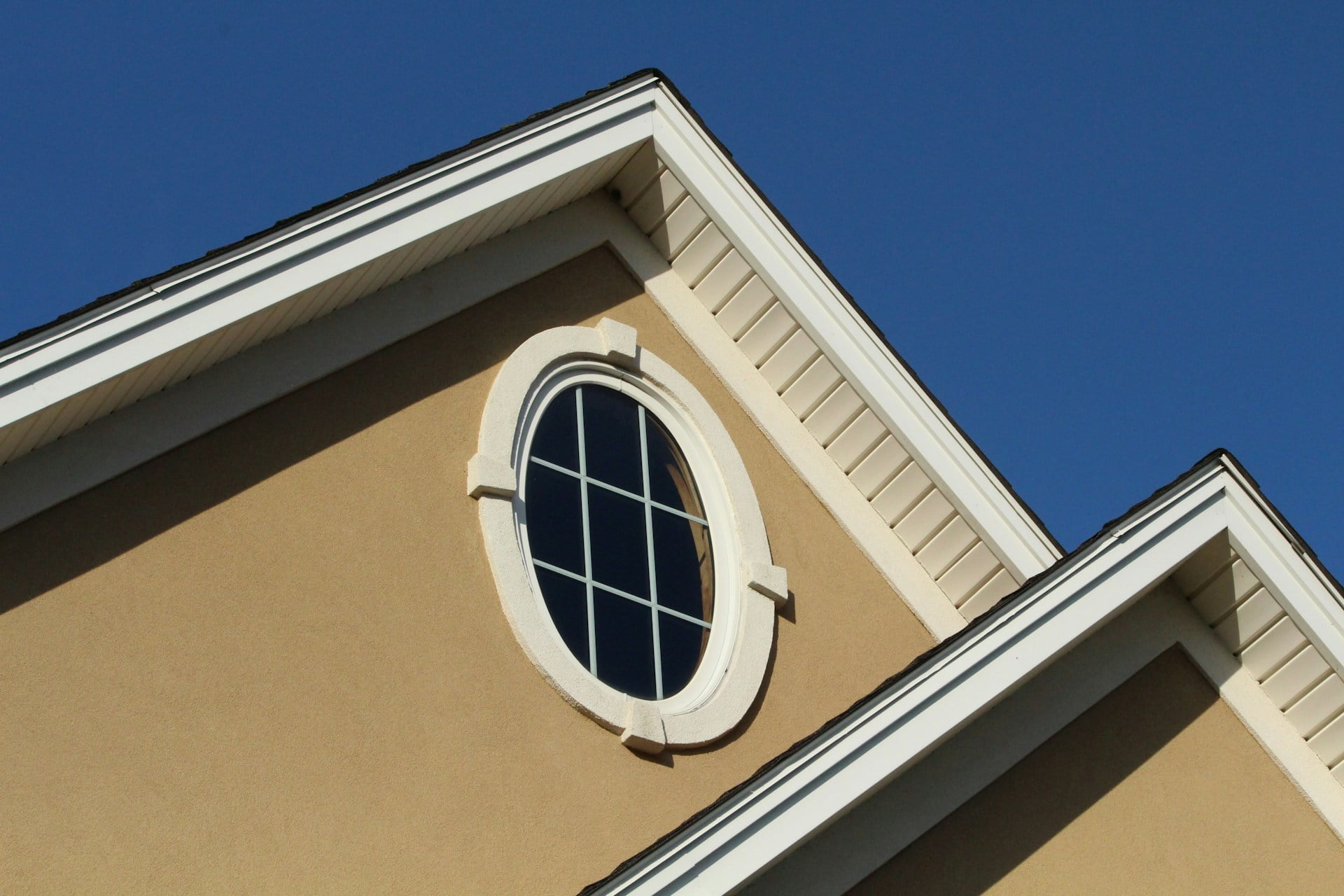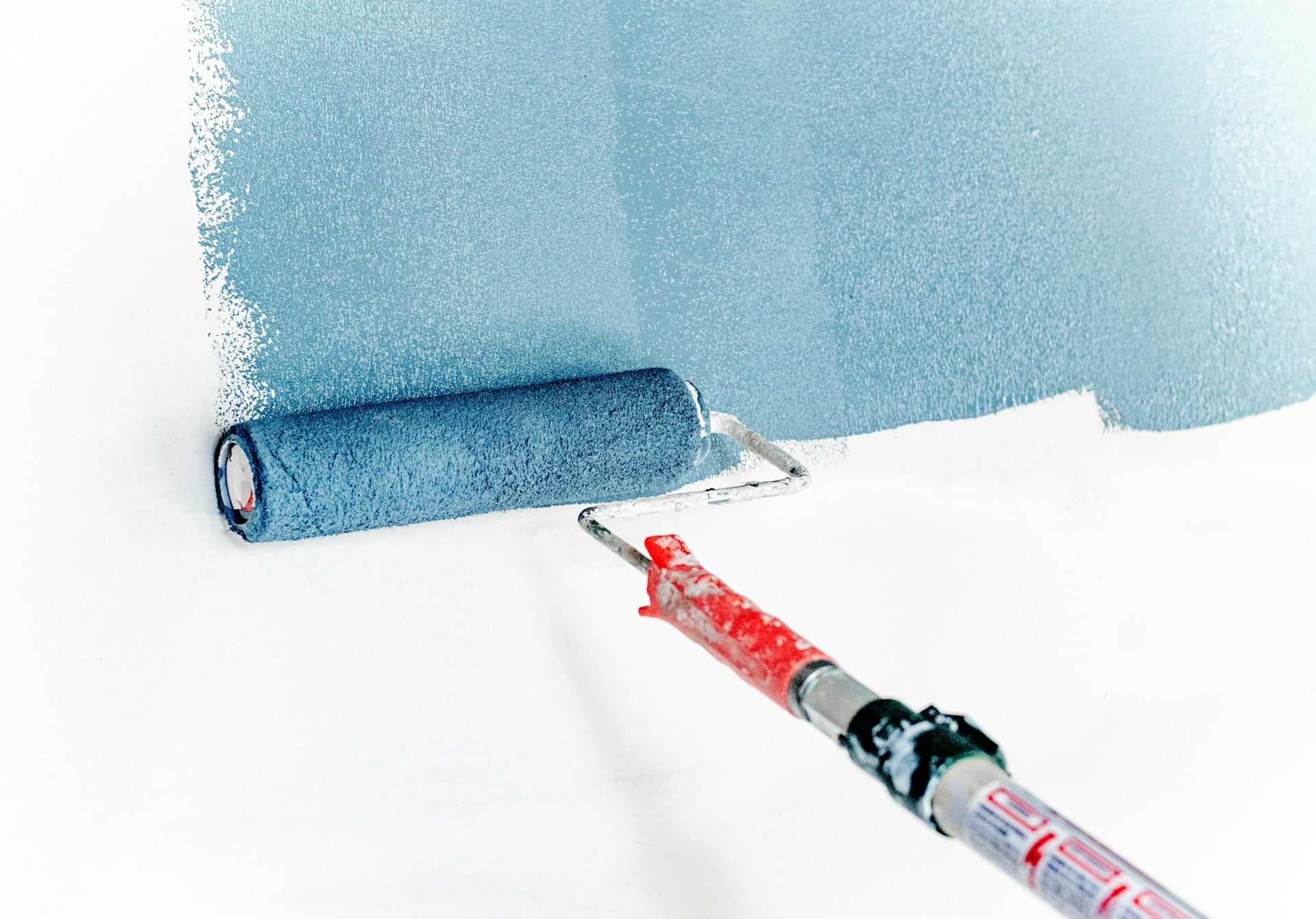Although stucco is not popular in the New York city area as a building material of houses, stucco paint seems to some people’s favourite kind. If you’re applying some paint on the walls to make those look like stucco walls, you can do it on own. But if you have a stucco home and you’re wondering whether you should make it wet before apply painting, I have something to say.

Stucco powder is a mixture of limestone or cement, mixed with sand and water until it reaches a mortar-like consistency. Applied by hand with the help of metal wire or lathe, the hard and durable masonry heals the surface, which lasts for years on the outside of the house. You can update the old stucco siding with the application of exterior paint. The stucco holds the paint well, and as long as the siding is in good condition the prep for the paint is minimal and it involves cutting cracks and cleaning old stucco.
When determining the right moment to draw your client’s fresh stucco, many assume that the surface drying time is the most important element. Time plays a role, high pH stucco painting results in a very quick almost color burnout, there is no thumb rule for curing stucco the amount of time it takes to be “paint ready”. Also, there are other considerations to keep in mind – such as rainfall, humidity, or the amount of moisture obtained from the application itself.
For example, manual hydration and/or precipitation can lower pH levels and help speed up the healing process. Therefore, the most important dynamic is the amount of stucco healing and its pH level, not the amount of time that has elapsed since stucco was applied.
Since stucco is hydrophobic, water is an important catalyst for chemical substances that help to harden and heal this material – and that is why it is recommended to moisturize for most of the day, as it keeps the cement moisture high enough to hydrate or heal.
Newly applied stucco has a highly alkaline or high pH. PH is the scale by which we measure acidity (0-7 on a scale) or alkalinity (7-14 on a scale). When first applied, the new stucco may have an alkalinity of 13 but – as it heals – the reaction binds the lime to the mixture and drops the pH. For the reaction to continue and for a complete cure to occur, it must contain water. Most manufacturers do not recommend painting if the pH level is not 10 or below. Stucco can easily achieve a pH in the range of 8 or 9 if properly hydrated.
So if the pH balance is too high the paint is applied to the stucco but what happens? In most cases, a “burning” may occur, which can result in the coating appearing as a scaly sheet or pruning and eventually leading to color deterioration. At this point, it is good to realize that the damage has been done, as further addition of water exacerbates the situation and can lead to chipping and extinction.
Unfortunately, there is no “magic number” when it comes to how many days it takes for a fresh wall of stucco to heal to reach an acceptable level of pH. That said, we can provide the best practice on the best methods to ensure that the paint works smoothly.
As mentioned earlier, stucco hydration is affected by many factors including humidity, temperature, wind, and direct sunlight. Therefore, proper hydration is important when preparing the stucco surface for paint. To hydrate any wall, apply the water with a spray over the entire surface until it starts to close. Allow the wall to absorb water and repeat a few times. The surface needs to be hosted several times a day for several days. Requirements for excess wet can be determined by exposure conditions, air, humidity, temperature, and orientation. For example, south- and west-facing walls may require more than a north-east or east-facing wall. Keep hydrating until it drops below the desired pH level.

The most commonly used method for determining pH is with a pH pencil (which is available from most paint distributors) and distilled water. Scratch a small area of the test surface and wet it with distilled water. A color chart is provided to match the color of the text field with the corresponding pH color level.
And one of the best practices is to apply primer as a stucco, stucco, and coating before painting. This draws moisture from the coating and prevents the stucco from fading. A good, alkali-resistant primer will help your coating provide more coverage and better performance.
The right-Edwards EFF-Stop Premium can be applied to new stucco with a pH level of 13 or lower. Hairline cracking is very common with new stucco, which allows moisture to enter and activate any remaining salt. These salts can transfer to the paint surface and attack the coating. The right-Edwards FLEX-PRIME® masonry primer can help keep these cracks flexible and reduce future cracking. For added protection, an alkali-resistant primer top-coating with ultra-premium finishes like the right-Edwards EVERSHIELD EV Ultra-Premium Exterior Paint will also encourage color retention and reduce burnout. Spray application and back rolling will bring optimal results, as it forces the coatings into the stucco and fills the voids which allow moisture penetration and alkali transfer to the surface.
Stucco is essentially portland cement exterior plasters in a variety of textures. While cement creates a strong finish, the challenge is that it can also be susceptible to the hairline or larger cracks, problems with water, and water ingress.
Like all paintwork, the successful coating preparation of stucco is a matter of material selection and application as well. Lynne Baker, owner of Think Stucco in Minneapolis / Center. Paul insists that painters need to think of stucco as a system, not just to cover a surface.